Credit cards are a highly convenient financial tool that allows us to make purchases, earn rewards, and borrow money temporarily. Nonetheless, they have risks that become particularly risky when the balances are out of control. The average in 2025 will be
According to American households, they have a maximum debt of between 6,000 and 8,000 dollars in credit cards. This disturbing obligation is added to increasing interest rates that are increasing and economic chaos.
In today’s economic climate, the question many consumers grapple with is, How much debt is too much credit card debt?
The difference between manageable credit card debt and damaging debt is key in understanding how to preserve your financial future and a healthy credit score and avoid the extra fees or even legal issues.
In this guide, we will discuss:
Average patterns and professional standards to be considered racking up a high credit card burden in 2025
- How do you know how much credit card debt is too much?
- The risks that come with holding high balances month after month
- Proven strategies on how to cut and conquer credit card debt
- when it’s time to seek professional financial advice or debt assistance
Ultimately, you’ll be equipped with the resources and knowledge you need when it comes to maintaining a healthy financial life and on the journey towards being debt-free.
What Is Considered High Credit Card Debt?
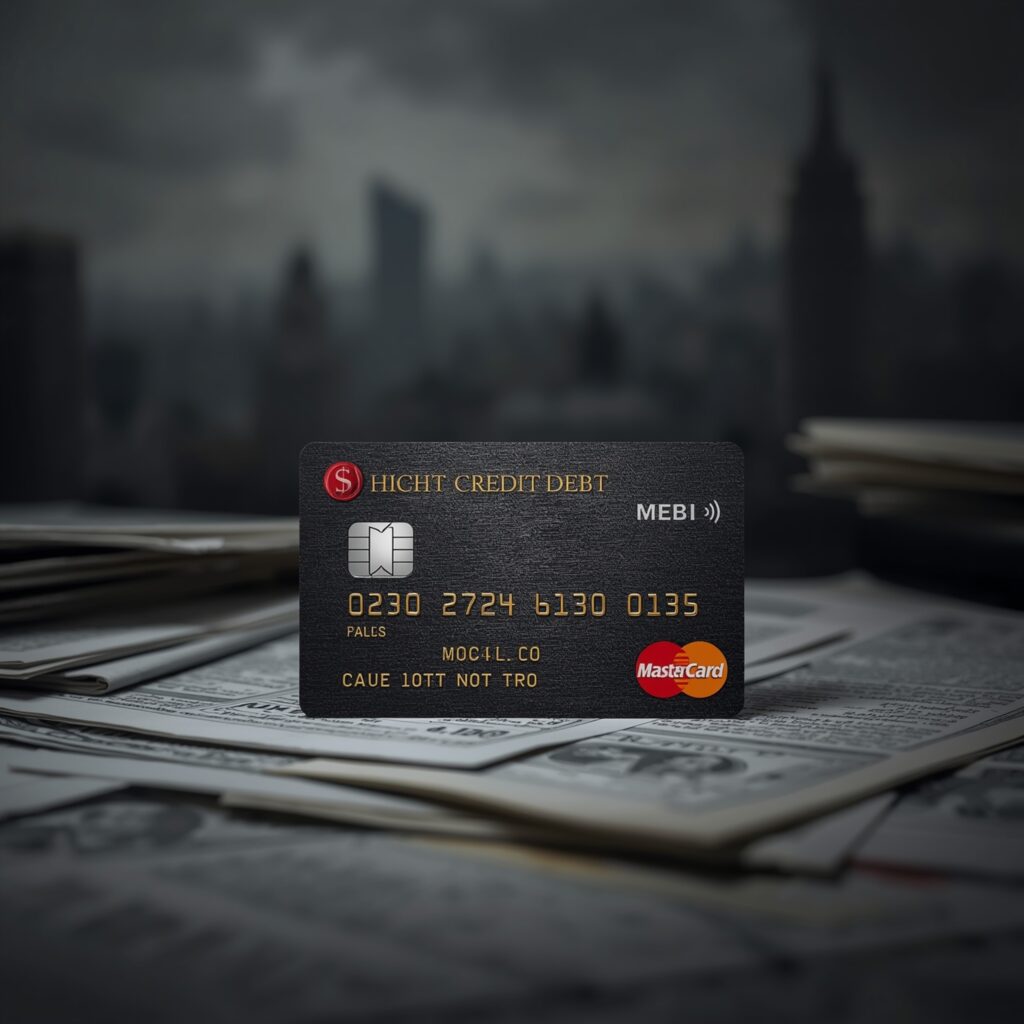
Credit Card Debt is the simplest example, as it can easily be defined as the amount of money that you owe to the credit card; after any payments have been made to it. Most people are holding some credit card debt, but what turns it into a red flag is the amount of debt compared to the available credit amount and the income.
Industry Benchmarks in 2025
Based on recent figures provided by the Federal Reserve Bank of New York and LendingTree, the average household credit card debt in 2025 will be between $6,000 and 8,000 dollars.
It is generally recommended that you maintain a credit utilization rate, the amount of balance on cards compared with the total amount of credit available, below 30 percent for a good credit rating with credit-checking companies.
For instance, if you carry more than $3000 on a credit limit of 10,000 cards all the time, that can have a negative effect on your credit.
Manageable vs. High-Risk Debt
Determining if your credit-card debt can be paid is only a matter of payment habits and utilization:
Manageable Debt:
You can pay monthly amounts that are higher than the minimum required, but your credit utilization ratio never goes above one third. Your balances don’t compound over time.
High-Risk Debt:
You regularly overspend by more than 50 percent of your credit limit, you miss or barely make minimum payments, and you are simply too stretched out to pay even a small dollar amount. Interest charges are compounded and this becomes a burden.
How much credit card debt is too much? Signs You’re Overwhelmed
There is no one-size-fits-all solution, and the amount of credit card debt is too much, and this is very subjective and, in large part, depends on income, costs, and ability to repay. Financial experts, however, create the debt-to-income ratio (DTI) as a way to assess your overall debt obligations:
Debt-to-Income Ratio (DTI)
The DTI uses the ratio (division) of all your debts per month (rent/mortgage, loan, credit card) and your gross monthly income.
To lenders, a DTI over 36 percent-43 percent may be a red flag and could limit your ability to take on more debt.
Example:
If you make $4,000 a month and use a $1,800 portion of your pay to service debt, then your DTI is 45 percent, a poor financial ratio.
Signs Your Credit Card Debt Is Too Much
- Minimum payments are only permitted after the above.
- You continue to earn interest when you make regular payments.
- Repeatedly, you miss or delay deadlines
- You find yourself opening new credit cards or taking out cash advance loans in order to be able to pay off old debts.
- You have stress, anxiety, or tension because of money issues in your personal life.
Risks of Carrying High Credit Card Debt
Credit card debt isn’t just about how much money you owe; it’s also the source of potentially far-reaching distress in all aspects of your financial and personal life:
Financial Risks
Credit Score Damage: Credit utilization is a heavily weighted area of a credit score, like FICO. If the balances on your credit cards are much higher than the credit card limit, it will also have a significant negative effect on your credit score and may even block your loan, mortgage, or apartment leasing applications.
Sky-High Interest Costs: This is why the average APR for credit cards in 2025 has surpassed 20 percent and the debt can snowball in case you make only minimum payments.
Risk of Default: Unpaid bills can lead to collections, lawsuits or even bankruptcy which can keep you in hot water with your credit for years to come.
Emotional and Lifestyle Risk
- Over time stress and worry about debt can take a toll on the mind.
- Debt limits your ability to save for any event, including retirement and the big events in your life.
- Another factor responsible for relationships between family and partners is money problems.
Smart Strategies to Manage and Reduce Credit Card Debt
If you notice the total amount of debt you are accruing on your credit card is starting to spiral out of control, don’t despair. There are several smart, proven alternatives to get you ahead:
Prioritize Timely Payments
- Never miss a minimum due date otherwise, you may be charged penalties and other increases.
- Automate the payments so you don’t forget or delay.
Snowball vs. Avalanche Method
Snowball Approach: small debts give you immediate motivation as the account balances will be debt-free in the shortest time.
Avalanche Method: Save most for last to pay off the cards that have the highest interest rate and save the most on interest in the long run.
Balance Transfer and Consolidation
- Consider a 0% APR balance transfer card while you wipe out old debts at high interest rates without additional interest during a trial period.
- Personal loans can also be utilized to consolidate multiple credit card trials into a single regular monthly payment at a low price of interest.
Negotiate with Creditors
- Call your credit card issuers and ask for hardship programs or low rates.
- Many issuers offer short-term relief on receipt of proactive correspondence.
Develop Better Financial Behaviours
Use Apps and Budgeting Software: Consider using budgeting software and apps to monitor your expenses.
Build up an emergency fund so that credit cards are not used during economic shocks.
When to Consider Professional Help
Sometimes the credit card debt is so large that the person cannot pay it back himself. Early professional referral can help save money and angst.
Options 2025
Debt Relief Programs: Certified agencies can negotiate with creditors to reduce payments or interest.
Debt Consolidation Loans: Consolidate payments and consolidate them on one fixed rate loan
Debt Settlement—It is negotiation for the payment of less than what one owes; this usually has a negative effect on the credit, but it can be effective when debt is overwhelming.
Bankruptcy: Last option to reduce some of the debts but with serious long-term consequences.
Scam Warning: Be sure to accept agents that are authorized by well-known agencies such as the National Foundation for Credit Counseling (NFCC) or Financial Counseling Association of America (FCAA).
Frequently Asked Questions (FAQs)
Q1: How much credit card debt is too much before it harms my credit?
Carrying balances over 30% utilization increasingly harms credit, with over 50% strongly damaging your credit score.
Q2: What is a safe credit utilization ratio?
Under 30% is considered healthy; under 10% is excellent.
Q3: Can carrying credit card debt impact my credit score?
Yes, especially if your utilization and payment history worsen.
Q4: When should I seek help for credit card debt?
If your balances grow despite payments, you miss due dates, or only pay minimums, professional advice can help.
Q5: How long does it take to pay off credit card debt responsibly?
Depending on balance, interest, and payments, most people clear debt in 2–5 years following consistent strategies.
Conclusion
But what is the excessive amount of credit card debt? Any level of excess balances that results in your utilization being higher than 30 percent or a monthly payment that is necessarily lower than a minimum payment is already unsafe in the year 2025. In addition to stressing finances, overusing credit cards can damage your credit, your ability to borrow, and your mental health.
The positive? Reichstag, conversion? By practicing smart budgeting, effective payoff strategies, taking advantage of balance transfers or consolidation, and getting expert guidance at the right times, you can attack your credit card debt and protect your financial future.
What you can do right now: Check your balances and figure out your utilization rate, and then come up with a repayment plan that’s realistic. One day you’ll be thankful for it.



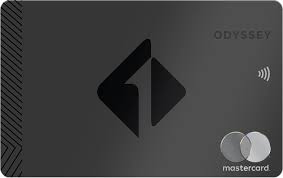
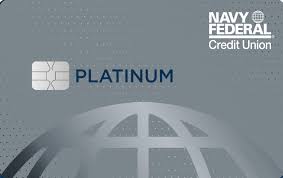
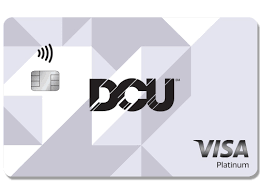
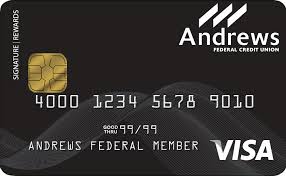


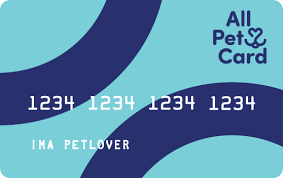
 No
No Yes, CareCredit is accepted.
Yes, CareCredit is accepted.